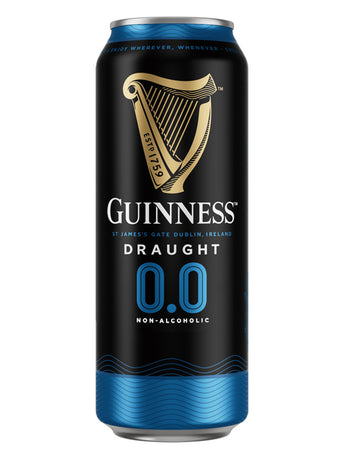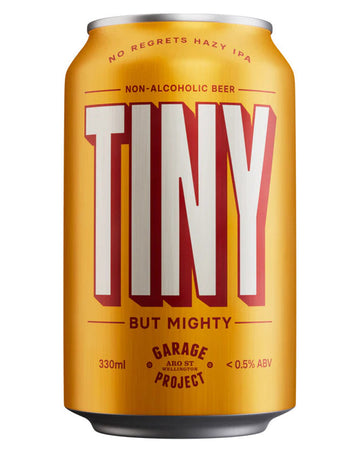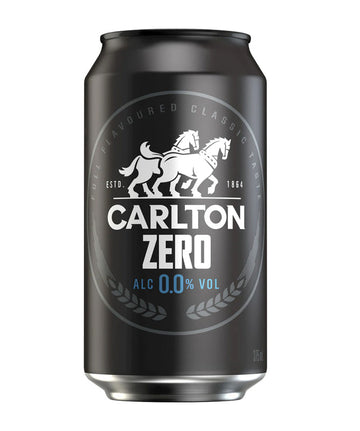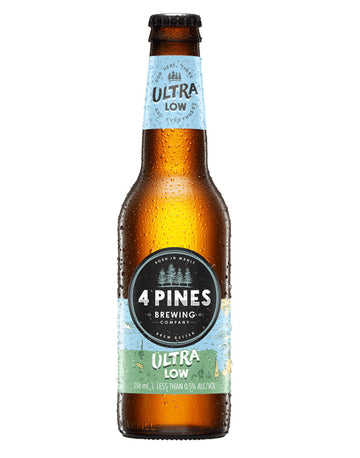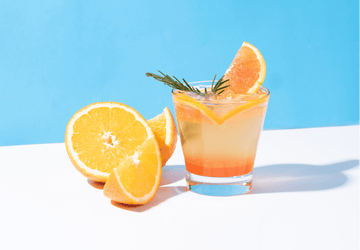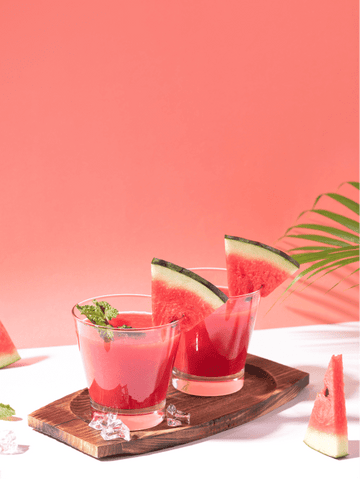Most of us probably know that Chardonnay is Australia’s most popular white wine, but did you know that it’s history dates back as far as 1832?
Like many other grape varieties, Chardonnay first came to Australia with James Busby, the father of the Australian wine industry. Busby first emigrated to Australia in 1824 and taught viticulture at the Male Orphans School at Bald Hills near Liverpool. In 1831 he returned to Europe to further his own study in winemaking, when he travelled back to Australia the following year he brought a collection of vine stock, including chardonnay.
Despite this long history, Chardonnay didn’t become popular until the 1970s and it didn’t come in to its own until the 80s and 90s when it brought Australian wine some international acclaim. Suddenly, Australian Chardonnay was the queen of wine
The Chardonnay Backlash In Australia
And then came the ABC (anything but chardonnay) backlash. The huge popularity of Chardonnay led to overproduction which meant that quality fell – Chardonnay was heavily oaked, over ripe, overly buttery and incredibly rich - for a while Chardonnay lost her crown.
Thankfully, Australian Chardonnay bounced back, as Australian winemakers refined their techniques and started to craft wines with fresh acidity complex fruit flavours and just the right amount of oak. Perhaps that’s one of the reasons why Chardonnay is Australia’s most exported white wine.
The rise of alcohol-free chardonnay
In the last few years, we’ve seen another new trend – the rise of Australian alc-free chardonnay.
According to research from IWSR, the no and low-alcohol market in Australia increased by +2.9% in 2020. And incredibly, the no and low-alcohol market outperformed regular alcohol, which registered a volume decline of -1.4% over the same year.
On top of this, IWSR forecasts that the no- and low-alcohol volume in Australia will grow by +16% 2020 to 2024.

Part of this incredible growth is down to the high-quality products that brands are creating. People are trying alcohol-free for the first time, and they’re impressed.
Newblood Chardonnay is a great example. It’s made in Australia using cutting edge distillation technology to remove the alcohol, which results in a full-bodied wine with a crisp palate and everything you’d expect from a premium Australian Chardonnay.
In fact, it’s so good that during in-store taste testings, even people who claim not to like Chardonnay end up buying a bottle (or two). Customers tell me that Newblood is “an excellent drop”, “very enjoyable” and a “very close swap.”
[product name="newblood-non-alcoholic-chardonnay"]
The future is non-alcoholic
I predict that as the mindful drinking movement grows both here in Australia and around the world, we will continue to see growth in alc-free Chardonnay. In fact, I won’t be surprised if alc-free Chardonnay such as Newblood starts to outsell its alcoholic counterparts. After all, it’s healthier, low in calories and has the same iconic tase.
Most of us probably know that Chardonnay is Australia’s most popular white wine, but did you know that it’s history dates back as far as 1832?
Like many other grape varieties, Chardonnay first came to Australia with James Busby, the father of the Australian wine industry. Busby first emigrated to Australia in 1824 and taught viticulture at the Male Orphans School at Bald Hills near Liverpool. In 1831 he returned to Europe to further his own study in winemaking, when he travelled back to Australia the following year he brought a collection of vine stock, including chardonnay.
Despite this long history, Chardonnay didn’t become popular until the 1970s and it didn’t come in to its own until the 80s and 90s when it brought Australian wine some international acclaim. Suddenly, Australian Chardonnay was the queen of wine
The Chardonnay Backlash In Australia
And then came the ABC (anything but chardonnay) backlash. The huge popularity of Chardonnay led to overproduction which meant that quality fell – Chardonnay was heavily oaked, over ripe, overly buttery and incredibly rich - for a while Chardonnay lost her crown.
Thankfully, Australian Chardonnay bounced back, as Australian winemakers refined their techniques and started to craft wines with fresh acidity complex fruit flavours and just the right amount of oak. Perhaps that’s one of the reasons why Chardonnay is Australia’s most exported white wine.
The rise of alcohol-free chardonnay
In the last few years, we’ve seen another new trend – the rise of Australian alc-free chardonnay.
According to research from IWSR, the no and low-alcohol market in Australia increased by +2.9% in 2020. And incredibly, the no and low-alcohol market outperformed regular alcohol, which registered a volume decline of -1.4% over the same year.
On top of this, IWSR forecasts that the no- and low-alcohol volume in Australia will grow by +16% 2020 to 2024.

Part of this incredible growth is down to the high-quality products that brands are creating. People are trying alcohol-free for the first time, and they’re impressed.
Newblood Chardonnay is a great example. It’s made in Australia using cutting edge distillation technology to remove the alcohol, which results in a full-bodied wine with a crisp palate and everything you’d expect from a premium Australian Chardonnay.
In fact, it’s so good that during in-store taste testings, even people who claim not to like Chardonnay end up buying a bottle (or two). Customers tell me that Newblood is “an excellent drop”, “very enjoyable” and a “very close swap.”

The future is non-alcoholic
I predict that as the mindful drinking movement grows both here in Australia and around the world, we will continue to see growth in alc-free Chardonnay. In fact, I won’t be surprised if alc-free Chardonnay such as Newblood starts to outsell its alcoholic counterparts. After all, it’s healthier, low in calories and has the same iconic tase.












